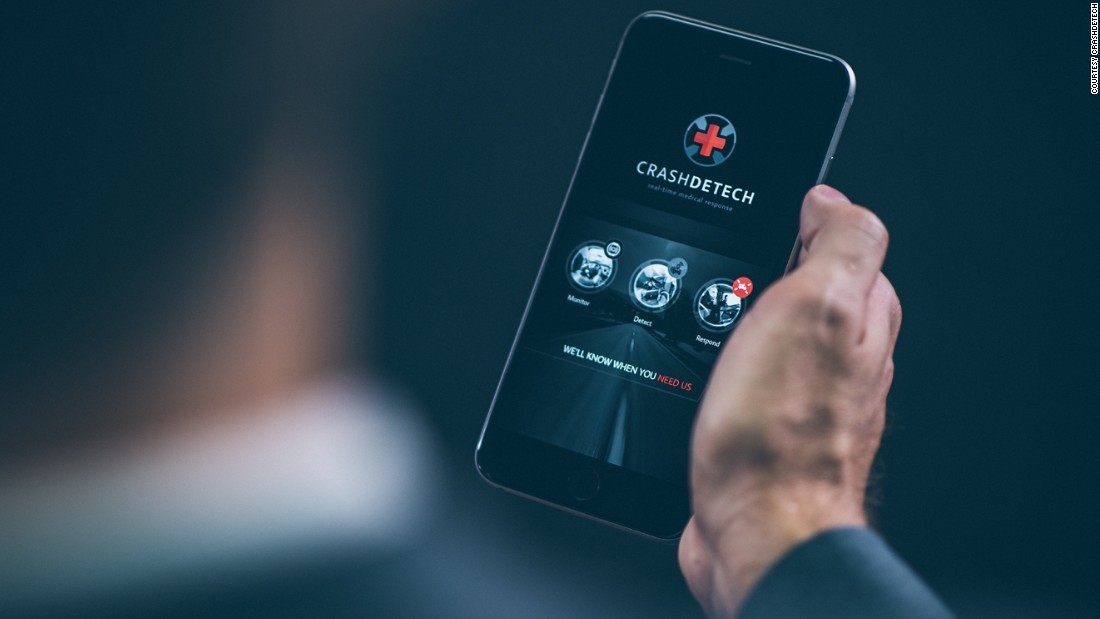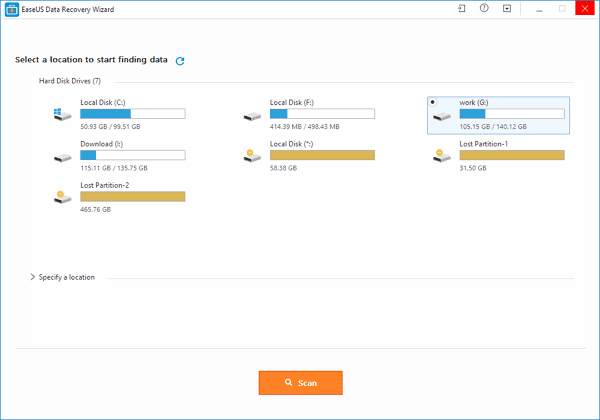Currently, the rate of the people losing their lives due to the vehicle’s fault is high. Thus, some of the automotive industries have started installing smart devices, telematics, communicating or electronic monitoring gadgets in the vehicle for the safety of the driver and the passenger, if present. Even the road condition and navigation-providing devices are being installed in the car. However, in India, the use of the smart devices is still a new concept that has yet to be implemented. The feature list will grow more as the cellular networks become cheaper and faster. The driving safety, fuel consumption, and more features will be added on in the coming years.
Recently, a new software has been developed that can identify the facial expressions, blinks, and yawn of the driver so as to avoid the occurrence of accidents. The driver will receive an alert on their smartwatches or panel based on their facial expression. The companies such as Axa, AIG, Munich Re, and Allianz have been provided with the telematics solutions by HCL, Wipro, Cognizant, and Infosys. The driver’s safety is the top most priority; hence the telematics is being given so much importance. In case of emergencies such as accident or vehicle breakdown, the information is immediately passed on to the concerned individuals.
The DriveSmart policy is one of the smart technologies being used nowadays. This device helps keep a track on the speed, distance traveled, location, vehicle condition, and driver’s expressions. The use of artificial intelligence along with vehicle telematics can help save lives in case of accidents by contacting the emergency number 100 or known relatives. Even the clicking of snaps or capturing of video during the accident will help at the time of the claiming process.
The use of telematics in the vehicles can help save lives of the drivers and the others involved. This tool can surely be a game changer in the automotive and insurance sector. However, the insurance regulator, IRDAI, hasn’t yet agreed to accept the information gathered through the system and still rely on other parameters. Let’s hope the new technology can help bring about a change in the system in the coming years.
###











